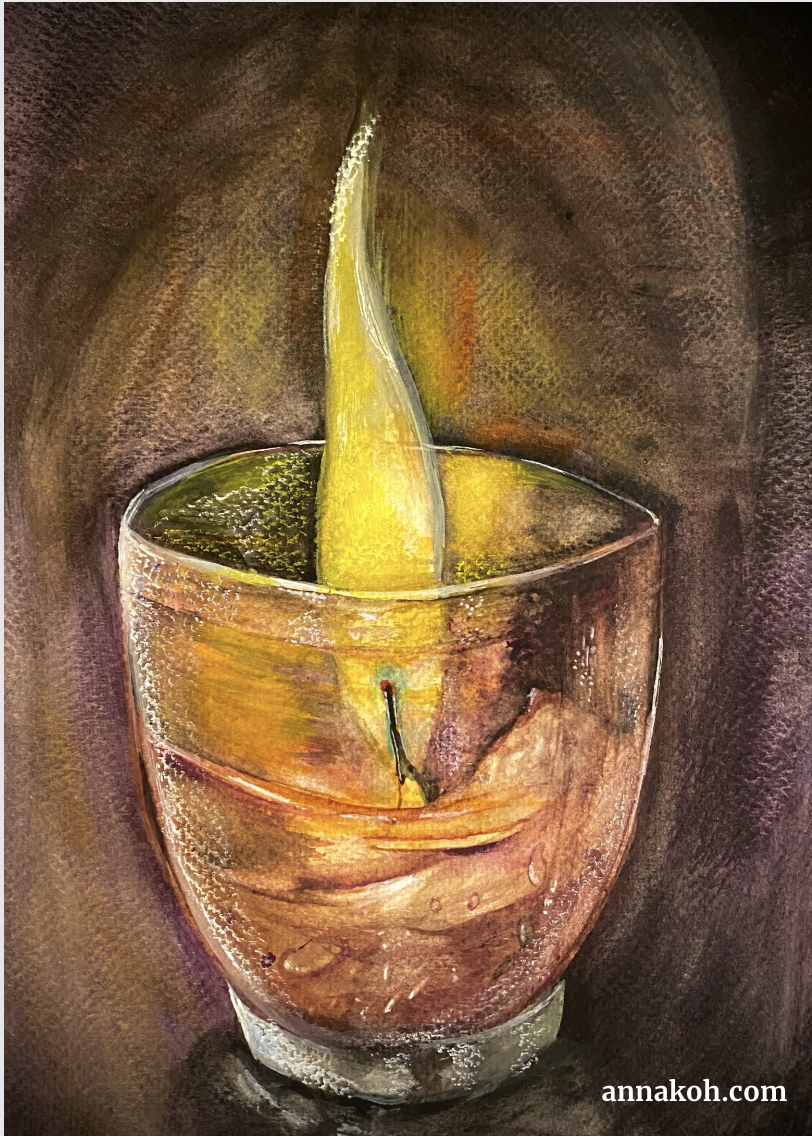A Visual Timeline of the History of Theatre-Origin of theater: The earliest days of human history. Performed to commemorate events and religious ceremonies in the form of dance
-3000 B.C.: Dance as a ritual develops into a sophisticated art form. -The evolution of dance from a tribal, informal affair to a highly complex ritual: seen in the early civilizations of Persia and Asia. -Greek theater: the roots of modern theater. The Greeks built amphitheaters in each city and held theater competitions every year. Developing a style and system for composing plays according to scenes and acts (continued in modern theater) -Roman theater: In many ways, it was less sophisticated than Greek theater and did not have a religious focus, so it performed more comedies than tragedies. In theater history, Roman theater is significant for its easier access to art and secular approach to theater. -Renaissance Era: Various theater movements (Spanish Theater Movement/British Theater Movement): Theater Theater was the first theater to build a very large theater exclusively for plays and musicals. The most famous place is the Globe Theater, where Shakespeare performed. The Elizabethan era produced one of the most famous and famous writers, William Shakespeare. -Neoclassical era: Very formal manners were used for each performance. Every part of the display had to be picture perfect. -Modern Theater: One of the most major developments was the presence of the central theater ‘Mecca’ in New York City. In particular, the development of Broadway in the early 1900s made it one of the most prominent areas of world theater culture. -American theater: The consistent theme is realism. Realism is theater that depicts the pitfalls and cruelties of real life. Another major development was the training system for actors and writers. There are formal schools and universities that teach acting and theater arts. Theater holds a very powerful position in our society because of its culture and history. For thousands of years, theater has developed into a very important part of our society. Therefore, it will continue to become more important over time. References Lectures on Dramatic Art and Literature. August Wilhelm Schlegel. London: George Bell & Sons, 1904. pp. 200-12 Manual of Greek Literature from the Earliest Authentic Periods to the Close of the Byzantine Era. Charles Anthon. New York: Harper & Brothers, 1853. pp. 160-174. The Drama: Its History, Literature and Influence on Civilization, vol. 1. Ed. Alfred Bates. London: Historical Publishing Company, 1906. A Short History of the Drama. Martha Fletcher Bellinger. New York: Henry Holt and Company, 1927. A Short History of the Drama. Martha Fletcher Bellinger. New York: Henry Holt and Company, 1927. pp. 3-8. Book Title: The Dance of Life. Contributors: Havelock Ellis – author. Publisher: Houghton Mifflin. Place of Publication: Boston. Publication Year: 1923. Page Number: iii.
0 Comments
Leave a Reply. |
Myungja Anna KohArtist Categories
All
Archives
July 2024
|
Proudly powered by Weebly



 RSS Feed
RSS Feed